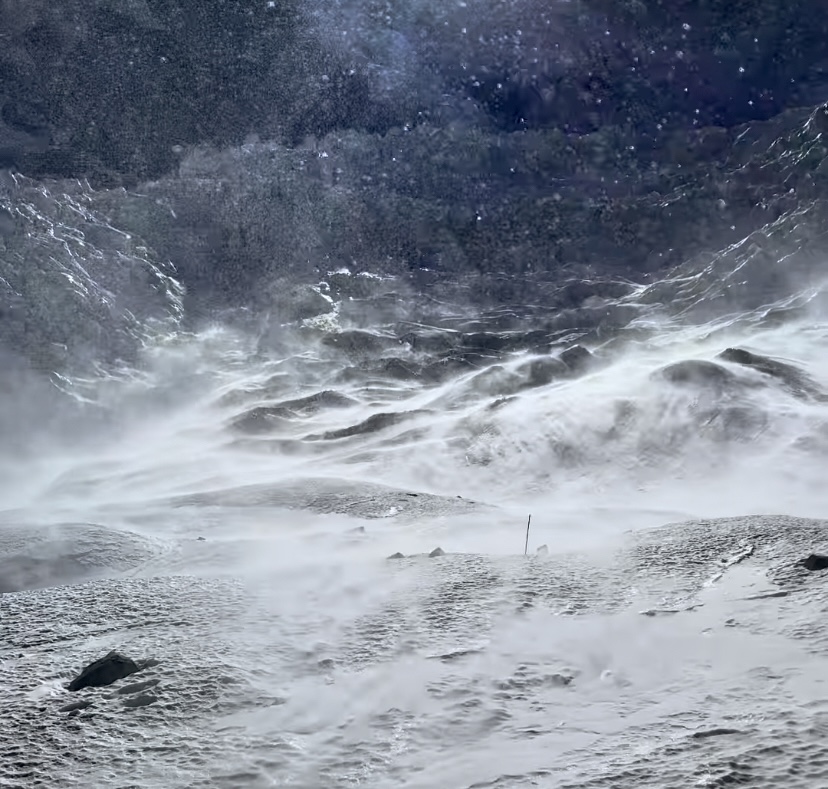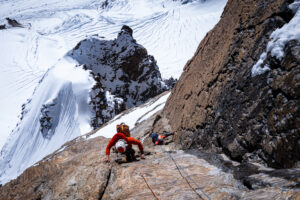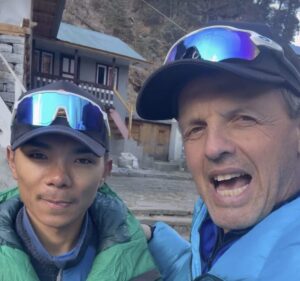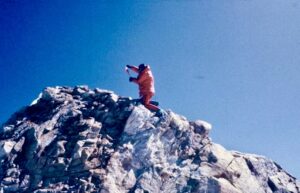The many factors that can cause 8,000m expeditions to fail include hypoxia, deep snow, avalanches, sickness, accidents, and bad weather. This winter, all four expeditions (on Everest, Annapurna I, Manaslu, and Makalu) ended without a summit.
Three of the four failed because of strong winds. The other — Jost Kobusch’s solo attempt on Everest — ended after an earthquake. Note that Kobusch had already reached his seasonal goal of 7,500m.
Examining past winter expeditions on Annapurna I, Manaslu, and Makalu shows that strong winds were the most common problem.
Annapurna I
According to The Himalayan Database, strong winds aborted seven of 23 winter expeditions to Annapurna I. Those expeditions aborted between 5,600m and 7,300m.
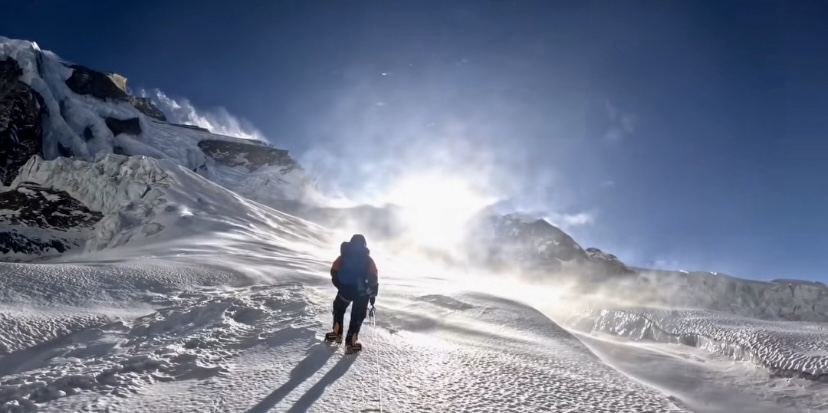
Annapurna I in 2024-25. Photo: Sarah Abdovaiss
A Japanese party led by Naoe Sakashita attempted Annapurna I in the winter of 1980-81 via the North Face. They gave up at 6,700m.
In 1983, leader Tadao Sugimoto’s expedition also attempted the North Face but gave up at 6,900m.
One year later, in December 1984, on the same face, Bernard Muller’s French expedition aborted at 6,000m because of the wind and falling seracs.
In 1985-86, a Bulgarian expedition led by Boyan Atanassov turned back at 7,300m because of heavy snowfall, low temperatures, and strong winds.
South Korean Jang Bong-Wan’s 1989-90 North Face expedition quit at 7,300m.
In 2015, a Norwegian-Irish team led by Tore Sunde-Rasmussen abandoned at 5,600m. Finally, that same winter, Fredrik Strang’s Swedish expedition turned around at 6,400m.
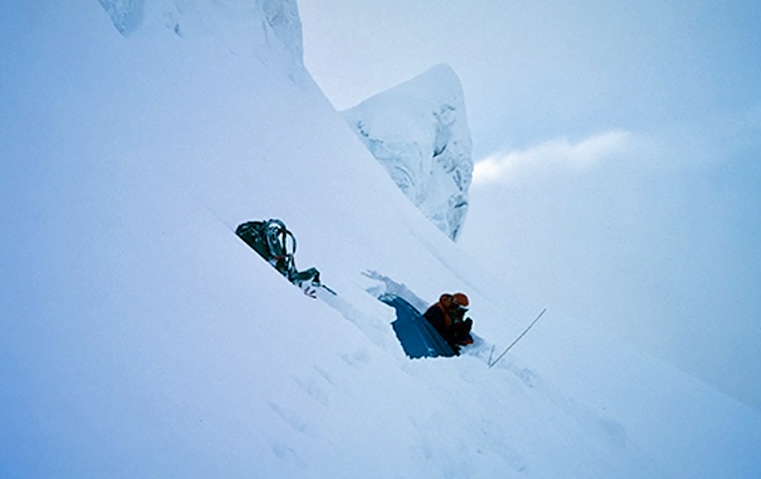
Artur Hajzer on Annapurna I in winter. Photo: Jerzy Kukuczka Archive
Successful summits on Annapurna I
Of those 23 winter Annapurna expeditions, only two were successful.
On Feb. 3, 1987, Jerzy Kukuczka and Artur Hajzer made the first winter ascent. They climbed without bottled oxygen via the North Face.
The second winter ascent came in December of that year. Noboru Yamada, Toshiyuki Kobayashi, Yasuhira Saito, and Teruo Saegusa summited via the South Face without bottled oxygen. Kobayashi and Saito died during the descent.
Manaslu
On Jan. 17, 2025, Simone Moro, Nima Rinji Sherpa, and Oswald Rodrigo Pereira called off their expedition only one week after arriving at Manaslu Base Camp. They decided not to attempt the ascent because of bad weather. The weather forecast two weeks of strong winds up to 150kph. The team elected to head home rather than wait until February for conditions to improve.
Of 24 winter expeditions to Manaslu, seven ended early because of strong winds. Besides the wind, other factors included too much snow and avalanche danger.
The unsuccessful teams ended their attempts between 6,400m and 7,500m.
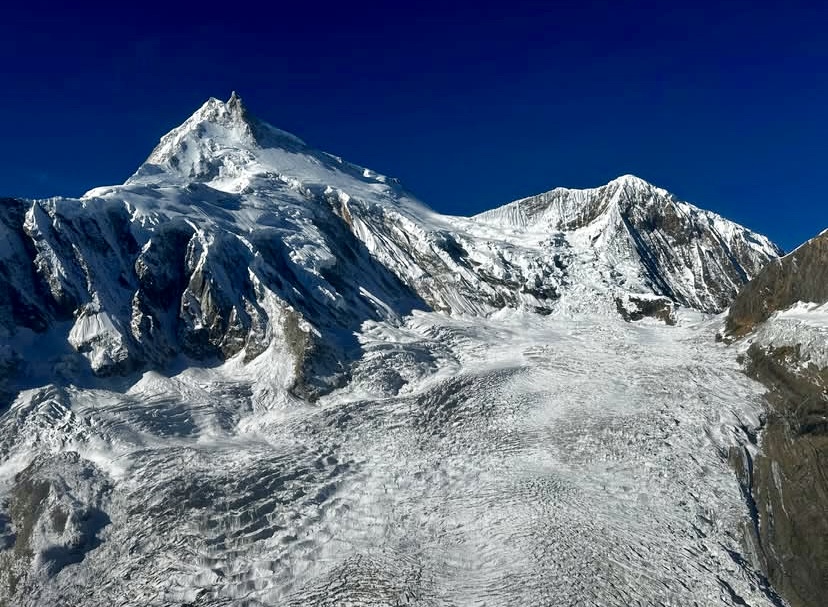
Manaslu in November, 2024. Photo: Simone Moro
Successes on Manaslu
During the first winter ascent of Manaslu, on Jan. 12, 1984, Maciej Berbeka and Ryszard Gajewski climbed the South Face and summited despite very strong winds.
When they began their summit push from Camp 4 (7,750m), it was -33°C, and they had to stop often because of the wind. Wind speeds reached between 150-170kph.
The wind kept other members from advancing beyond Camp 3. The Polish mountaineers sometimes had to lie on the slopes until the gusts abated.
In 1985, Japanese climbers Noboru Yamada and Yasuhira Saito summited in strong winds.
“The winds were so strong that when we reached the summit ridge, we had to rope together to keep from being blown away,” Yamada said.
Manaslu was also summited in the winters of 1995, 1998, and 2023.
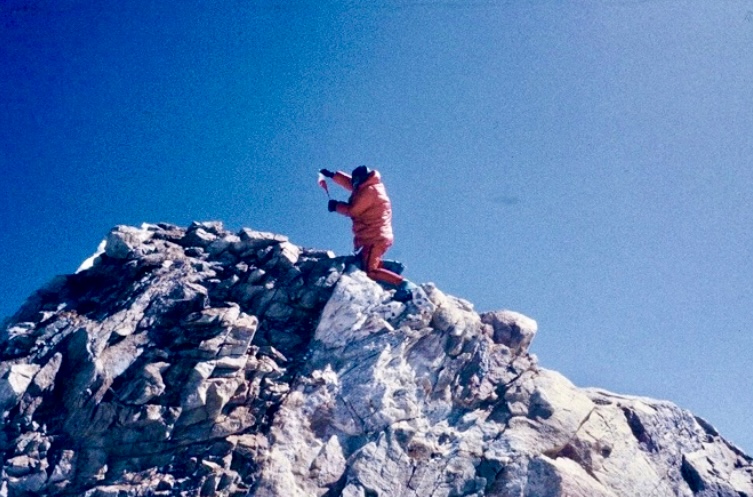
Maciej Berbeka on the summit of Manaslu during the first winter ascent. Photo: Ryszard Gajewski Archive
Makalu
Abolfazl Gozali of Iran and his Sherpas reached around 7,900m on Makalu this winter, but strong winds made further progress impossible.
Of the 8,000m peaks, Makalu is one of the windiest. Of 14 winter expeditions, 12 aborted because of the wind.
In 1980-81, a Swiss-Italian expedition led by Renato Casarotto took on the Southeast Ridge (without bottled oxygen). Strong wind, cold, and snow made them turn back at around 7,350m.
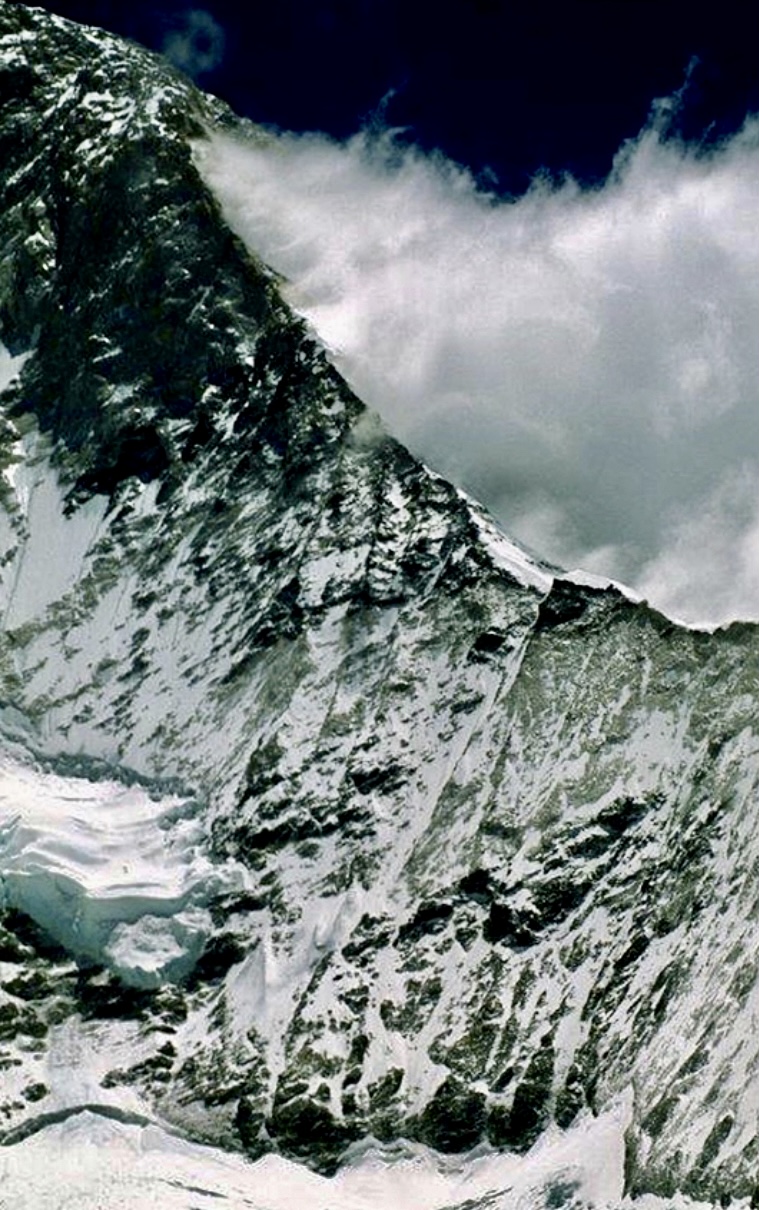
The West Pillar of Makalu. Photo: Sebastian Alvaro
Ivano Ghirardini, known for his bold solo winter climbs in the Alps, attempted Makalu in 1981-82. He climbed in alpine style via the West Pillar and reached 7,000m but could not continue because of fierce winds. He also attempted the Northwest Ridge, where he reached 6,900m.
In 2000, a Polish expedition led by Krzysztof Wielicki turned down at 7,000m in terrible winds. Strong winds had already blown down their Camps 1 and 2. They said that they couldn’t even sleep on the mountain because of the noise, which sounded like a jet engine.
In 2007, Romano Benet’s party attempted the Makalu La-Northwest Ridge route. They gave up at 7,000m because the wind destroyed their Base Camp, sweeping away their food and gear.
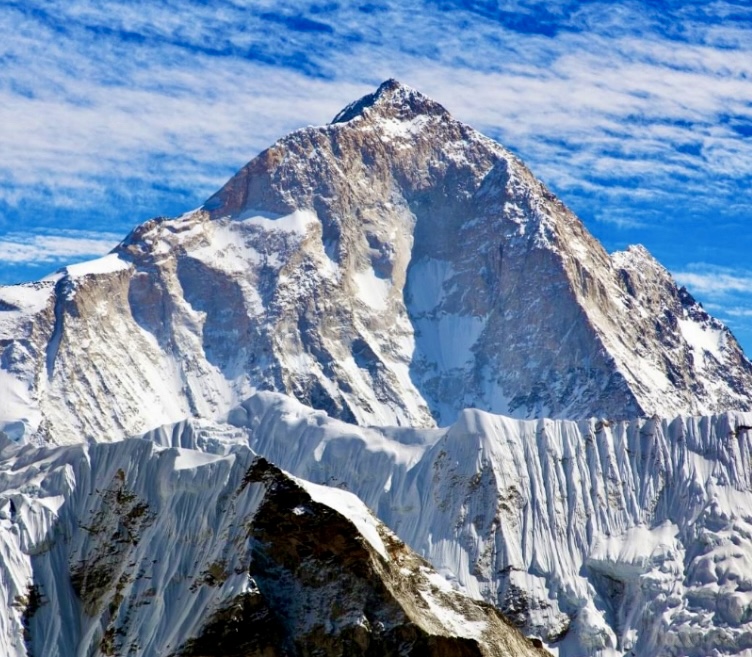
Makalu. Photo: Klub Wysokogorski Warszawa
That same winter, Denis Urubko and three partners attempted the same route (without bottled oxygen). On Feb. 1, 2008, when the climbers reached Makalu La at 7,400m, the wind picked up.
Despite this, they continued up and made a “sitting bivouac” on a small ledge about 50m below the ridge. The next day, they continued, crossing a kind of horizontal couloir, but it gave them little protection from the fierce wind. Eventually, they simply could not continue, turning around at 7,480m.
These are just some of the failed attempts because of harsh winds on winter Makalu.
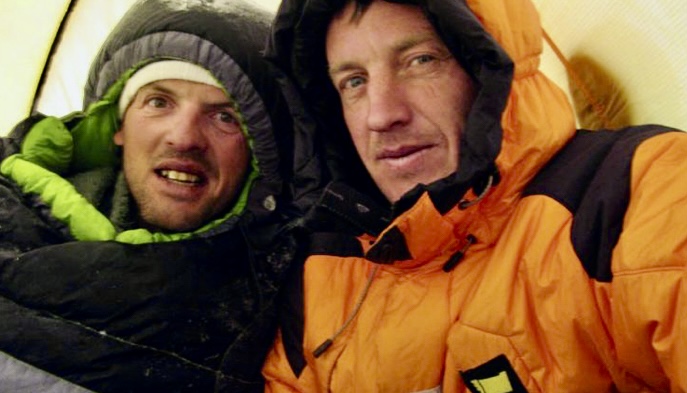
Simone Moro, left, and Denis Urubko during their successful winter ascent of Makalu. Photo: Simone Moro/Denis Urubko
The only winter ascent of Makalu
The only successful winter ascent of Makalu took place on Feb. 8, 2009. Denis Urubko and Simone Moro topped out without supplemental oxygen via the Makalu La–Northwest Ridge route.
“We have been lucky and brave,” Moro said. The Italian climber explained that on the final day, they were roped together, one always belaying the other as they progressed. The wind speed reached 90-100kph, with gusts up to 120kph. After summiting, Urubko and Moro descended to Base Camp safely, though Moro slightly frostbit one foot.
